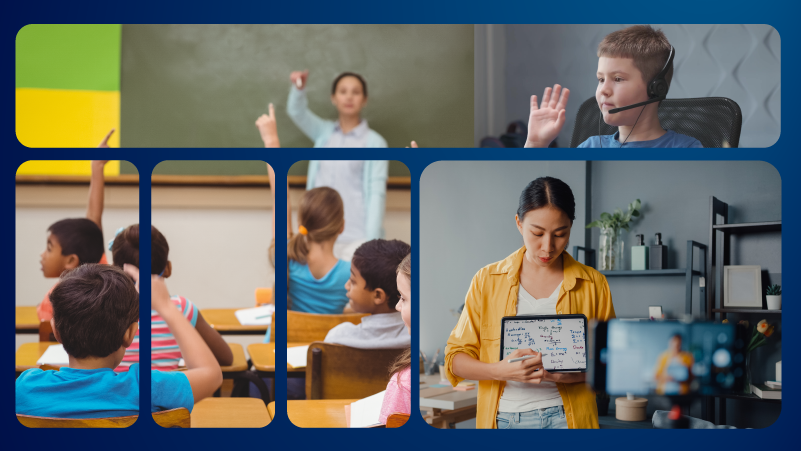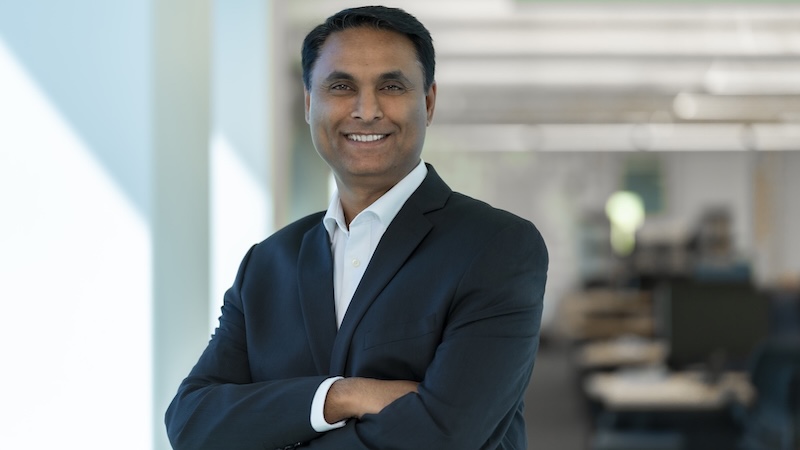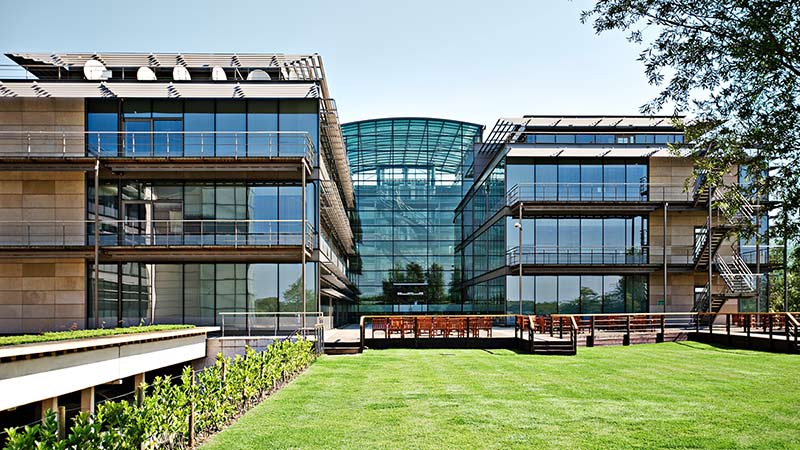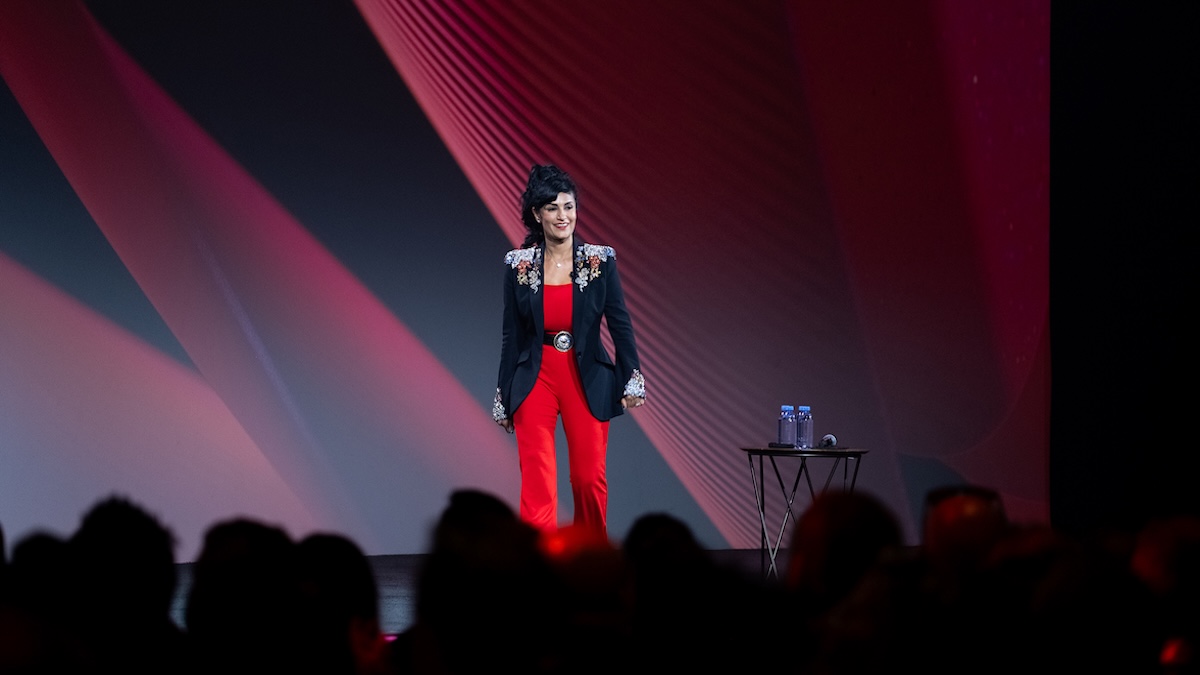When millions of students and teachers shifted to distant learning virtually overnight, challenges were inevitable. But out of those hardships, important lessons — and future possibilities — have emerged.
In a Q&A interview, education futurist and NPR commentator Anya Kamenetz discussed how this new hybrid learning model is evolving. Along with her vision of how innovative technology and teaching can usher in an era of education that’s more flexible, inclusive, and creative than ever before.
Q. The pandemic forced an abrupt, massive shift to online learning. What are some of the successes, and shortcomings, from the past year and a half that you would highlight?
A. Without the pandemic, we would not have seen such a swift movement into remote learning. And it has been an incredible learning experience. It was a shift in mindset for so many educators, and there were many frustrations along the way. But I think that there’s some pride amongst teachers as they look back. They had to reinvent everything about what they were doing in such a short period of time.
Q. And what are some of the positives for children?
A. On the student’s side, there was an incredible amount of new choice in how they learned. Also, the building of bridges between home and school has been an important goal in education for decades, but now it’s happening in a completely different way. Parents just gained so much insight into their children as learners.
Q. Teacher burnout is one downside to remote learning that you have addressed. Can a collaboration platform like Webex lessen the stress on teachers and students moving forward?
A. Having better technology in a more seamless, integrated platform removes a lot of the grief. Teachers never intended to be IT professionals, so having something where you click the link and it works, it’s secure, and all the tools are right there reduces friction and exhaustion.
But burnout also comes from feeling like you’re not being effective, and many teachers felt ineffective partly because their students were having such emotional and social struggles. In a wider sense, there’s a whole societal effort needed here. You need to have services for parents, for families, you need to address housing, healthcare, and employment. And only then, do you have children showing up ready to learn.
Q. Speaking of societal challenges, the digital divide is one of the many inequalities that have been exposed by the pandemic. How can we close it for students?
A. Never waste a crisis. People in the education space have been talking about the digital divide and the homework gap for a decade, but now suddenly it’s top of mind. There’s dedicated federal money coming both from infrastructure investments and from the education department to schools. But schools, obviously can’t solve this on their own.
Q. The hybrid model, combining in-class and virtual offers some great advantages, like supporting individualized learning. Can that address learning differences and neurodiversity?
A. An individualized education plan is something every student wants. But the special education movement is fascinating in terms of how it uses new technologies, with high expectations and support to help children reach their goals. So, yeah, that’s an area that I’m excited about, as far as the new bars that are being set and the innovation that’s continuing to happen. I just see so many innovative educators out there who are sharing new resources and innovations.
Q. Moving forward, do you see a shift in the fundamentals of how we learn? And how does hybrid learning support that?
A. Knowledge is important, of course. But equally important we want students to have ways of thinking and seeing that inform the kinds of questions they’re asking, and the types of people that they’re aspiring to be. We’re seeing the importance of social justice in our schools, of inclusivity. So, how do we have a values-based education that’s creative, innovative, and individualistic, but with a sense of shared purpose?
Technology can help. But even before the pandemic children had more hours in the day spent on media than spent in school. A big part of hybrid education will be to help children understand what’s good information and what isn’t and to question what they’re hearing. As well as how to become lifelong learners.
Q. Do you see new trends in education arising out of emerging technologies, like 5G, AI, virtual and augmented reality?
A. Absolutely, across the board! There’s a lot of great experimentation in VR, for example, to capture the benefits of in-person education in a virtual setting, including field trips and labs. And it’s only going to accelerate. With the advent of broadband and the mobile revolution, the experience of online learning became entirely different. Mobile plus broadband gave us the MOOC, with open online courses. I expect that 5G is going to up that game. Video making is as natural to my 9-year-old as writing an essay or a text. I can only imagine what kinds of presentations she’ll be making when she’s older. There’s another whole language that children are expressing themselves in that could be augmented in a 5G world.
Q. Any final thoughts on what you see for hybrid education moving forward, post pandemic?
A. Right now, kids just need to reconnect with school. They need to love school, and they need school to be fun again. That needs to be the focus, instead of just intensively drilling kids so they can catch up. We need to take the long view. Because we can’t have kids kicked off course, especially teenagers, who are, frankly, the most endangered group. And the technology can help. Anywhere, anytime education is not going away. So, as long as the technology is seamless and simple to use, teachers and students will have the sense of security that they can connect and learn in innovative ways.
###
Related content:
- The best of two learning worlds: Hybrid education
- St. Vrain Valley School District CTO on bringing WiFi hotspots to Colorado schools
- An innovative learning tool to bridge the digital divide
- The great hybrid experiment




